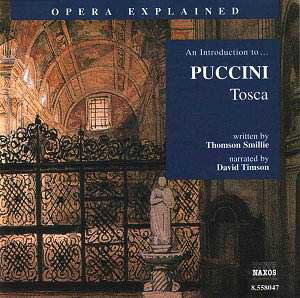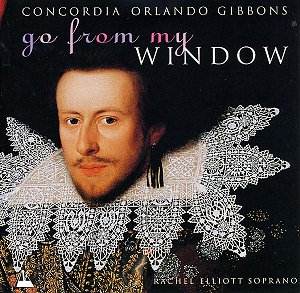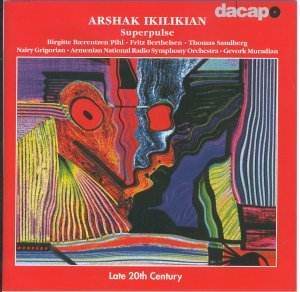 Composer: Giacomo Puccini
Composer: Giacomo Puccini
Works: An Introduction to Tosca (musical excerpts with spoken guide)
Performers: Nelly Miricioiu (soprano), Silvano Carroli (tenor), Giorgio Lamberti (baritone), Slovak Philharmonic Choir, Slovak Radio Symphony Orchestra, Alexander Rahbari (conductor)
Recording: Naxos 8.558047 [67.59]
Label: NAXOS
Giacomo Puccini’s Tosca remains one of the cornerstone operas of the verismo movement, intertwining intense drama with lush musical textures. Composed in 1900, it is suffused with political intrigue, passionate love, and profound moral dilemmas, reflecting the socio-political climate of Italy at the turn of the twentieth century. The Naxos release, An Introduction to Tosca, offers listeners both an educational narrative and a selection of musical excerpts, making it a valuable resource for those seeking to deepen their understanding of this operatic masterpiece.
Thomson Smillie’s script, narrated by David Timson, provides a seamless integration of spoken commentary with musical excerpts from the complete Naxos recording conducted by Alexander Rahbari. Timson’s narration is articulate and engaging, serving to elucidate the opera’s complex characters and themes. The excerpts chosen are well-curated, highlighting pivotal moments such as the iconic “Vissi d’arte,” beautifully rendered by Nelly Miricioiu. Her performance exemplifies not only vocal technique but also a nuanced emotional depth that captures the essence of Floria Tosca’s turmoil. Miricioiu’s phrasing is particularly noteworthy; her ability to infuse the aria with a sense of desperation is both heart-wrenching and compelling.
The recording quality is commendable, with the Slovak Radio Symphony Orchestra’s contributions ensuring a rich, full-bodied sound that supports the soloists effectively. However, while Miricioiu’s soprano shines, the other soloists—Carroli and Lamberti—do not quite match her intensity, occasionally falling into the background. This disparity raises questions about ensemble balance, which is often critical in operatic performance. The orchestral tempi adopted by Rahbari, while generally effective, might lack the urgency that some listeners expect in Tosca. Yet, the flow of the program, uninterrupted by separate cues for each excerpt, remains cohesive, allowing for an immersive listening experience.
The historical context of Tosca and its themes of love, sacrifice, and political strife are presented with clarity and insightfulness in this recording. While it may not serve as a definitive recording for the Puccini completist, it has educational merit, particularly for students and newcomers to the opera. The balance of narrative and music allows the listener to appreciate the opera’s dramatic structure while gaining insight into its musical language.
This release stands as an impressive entry in Naxos’s Opera Explained series, offering a unique approach to engaging with Puccini’s work. While it may not replace a full recording for established fans, it serves as an accessible gateway into the emotional and musical complexity of Tosca, making it an essential addition to any music library.



